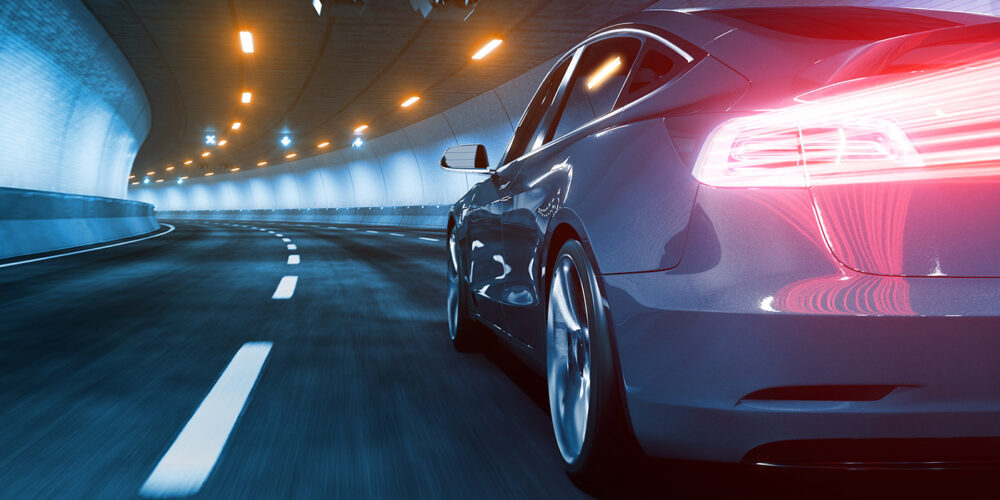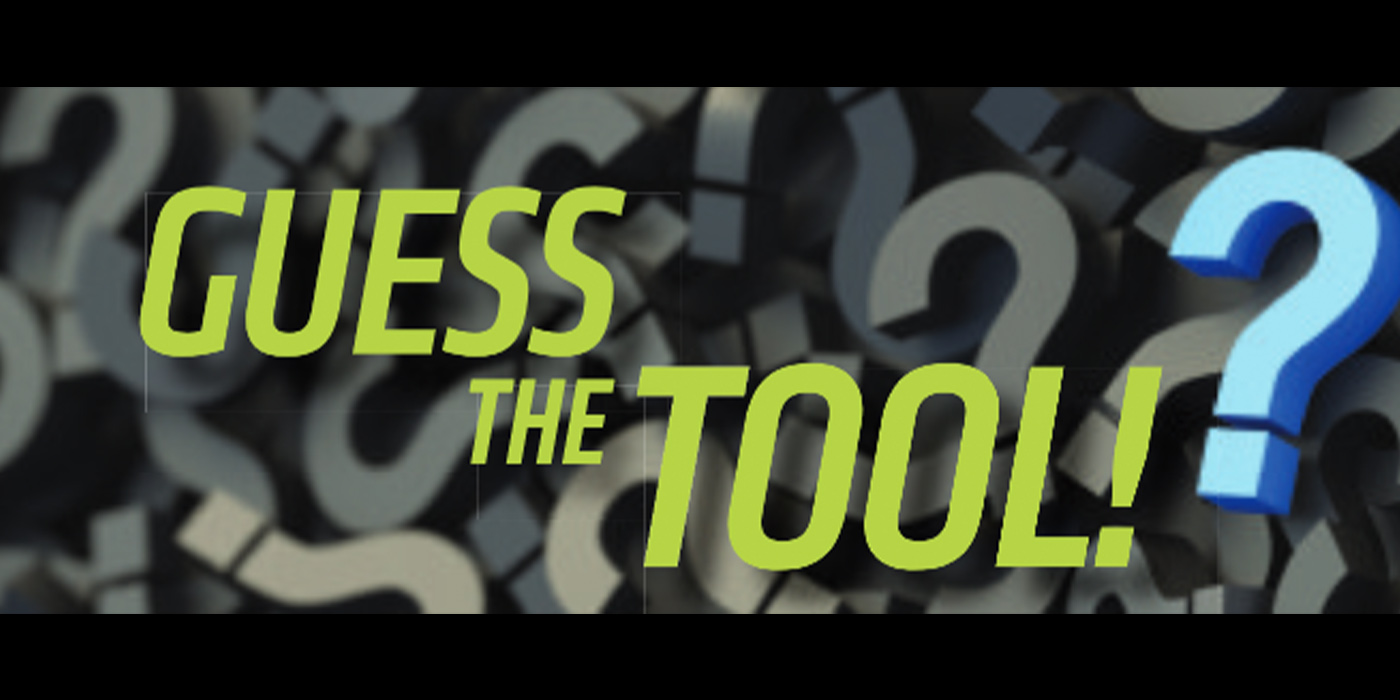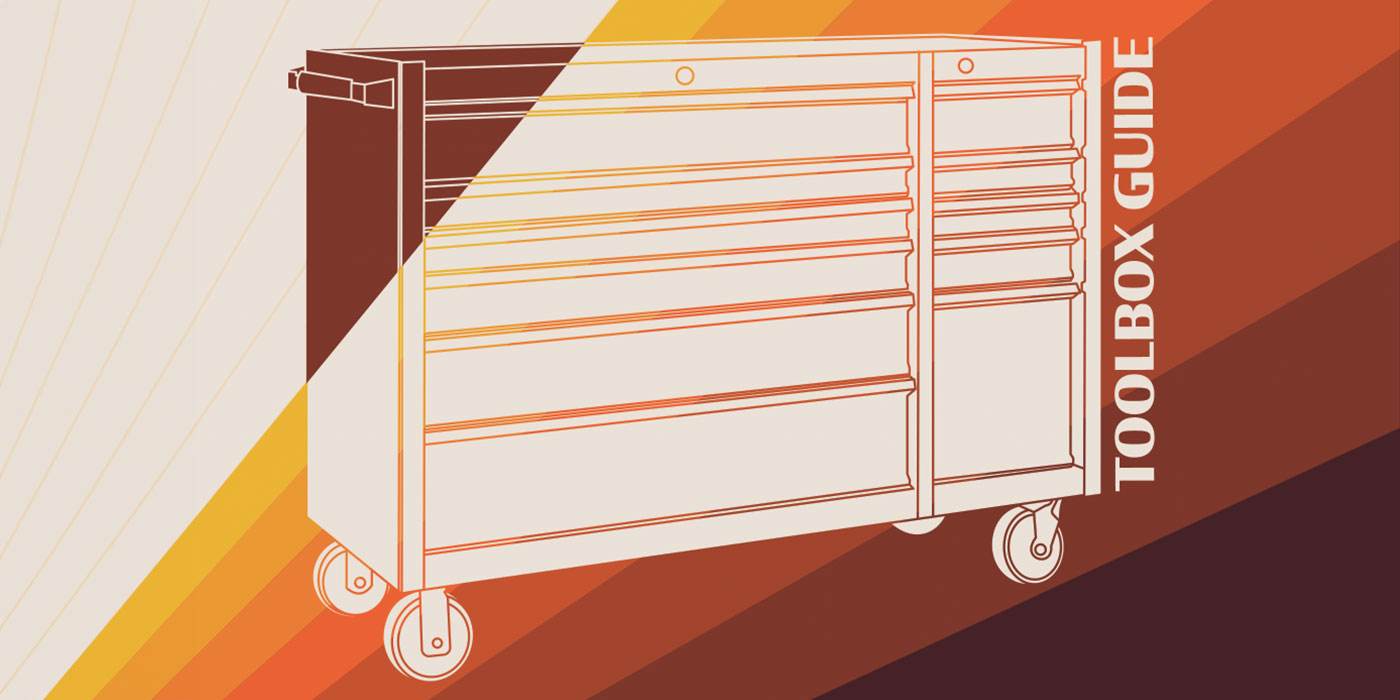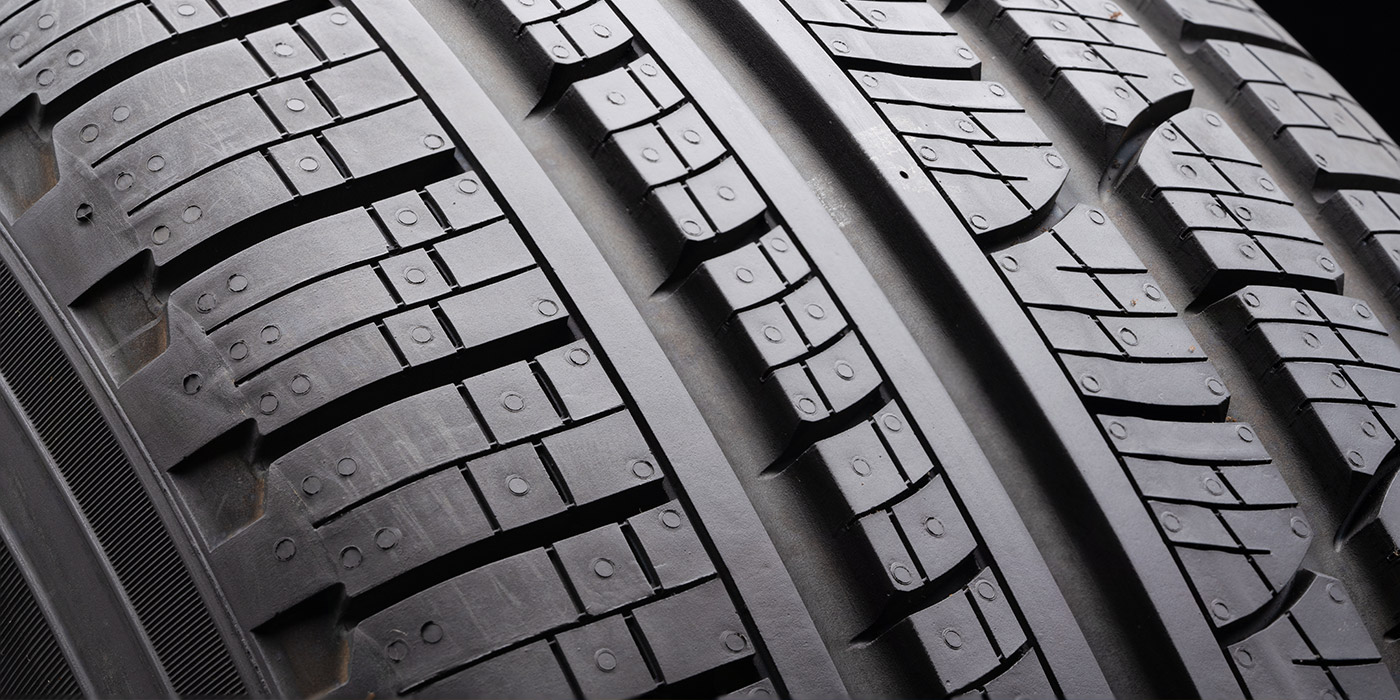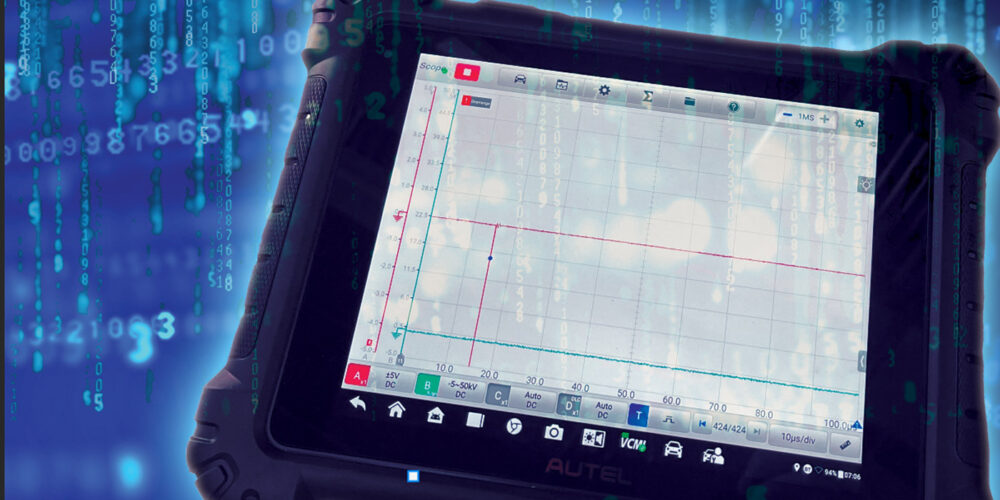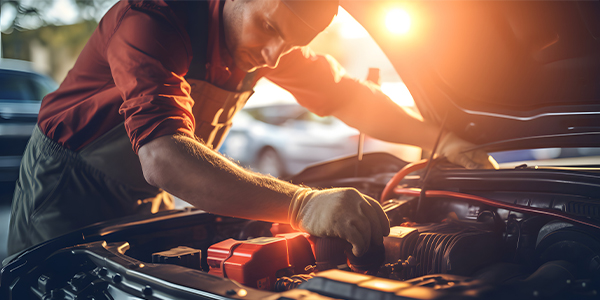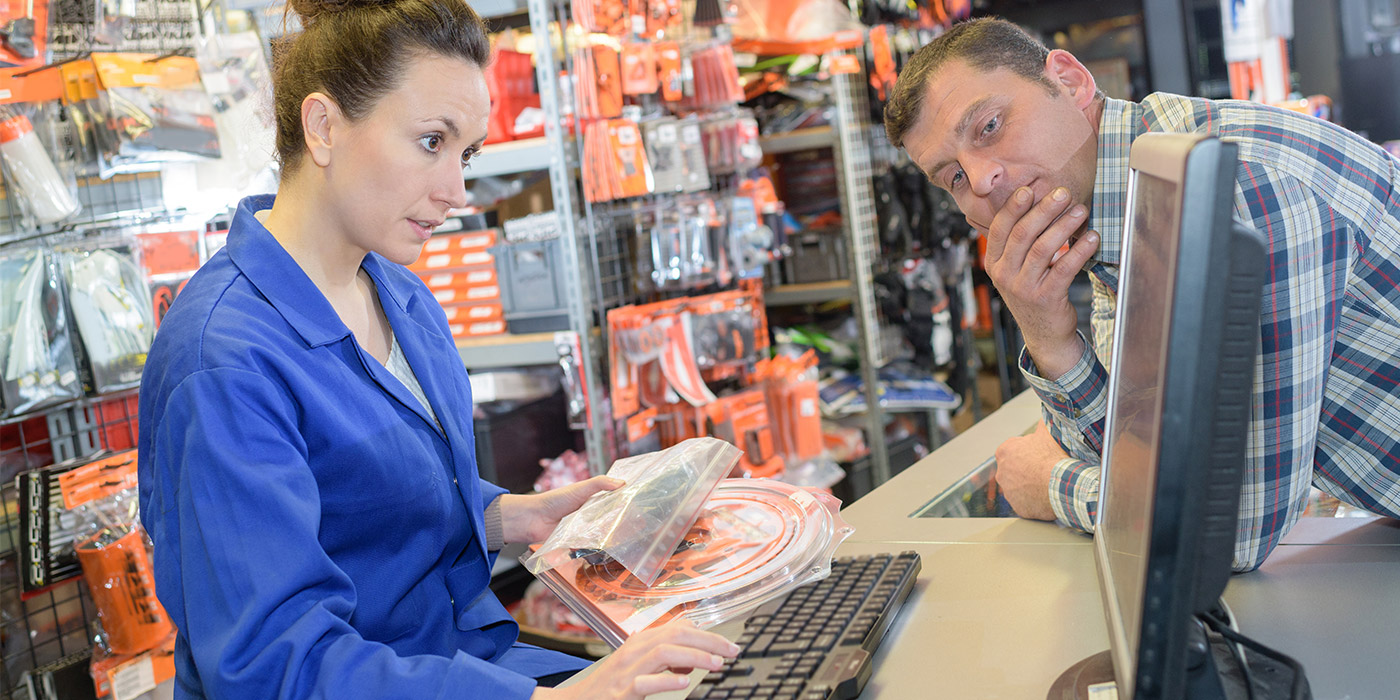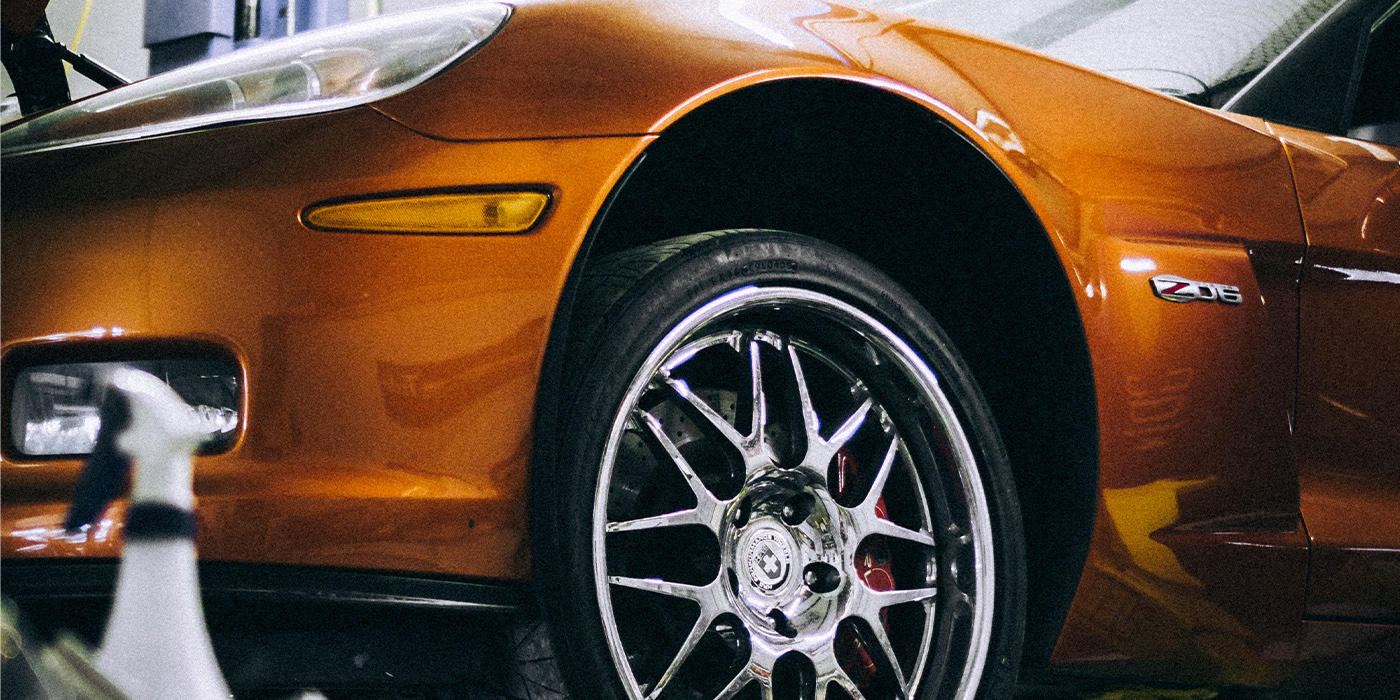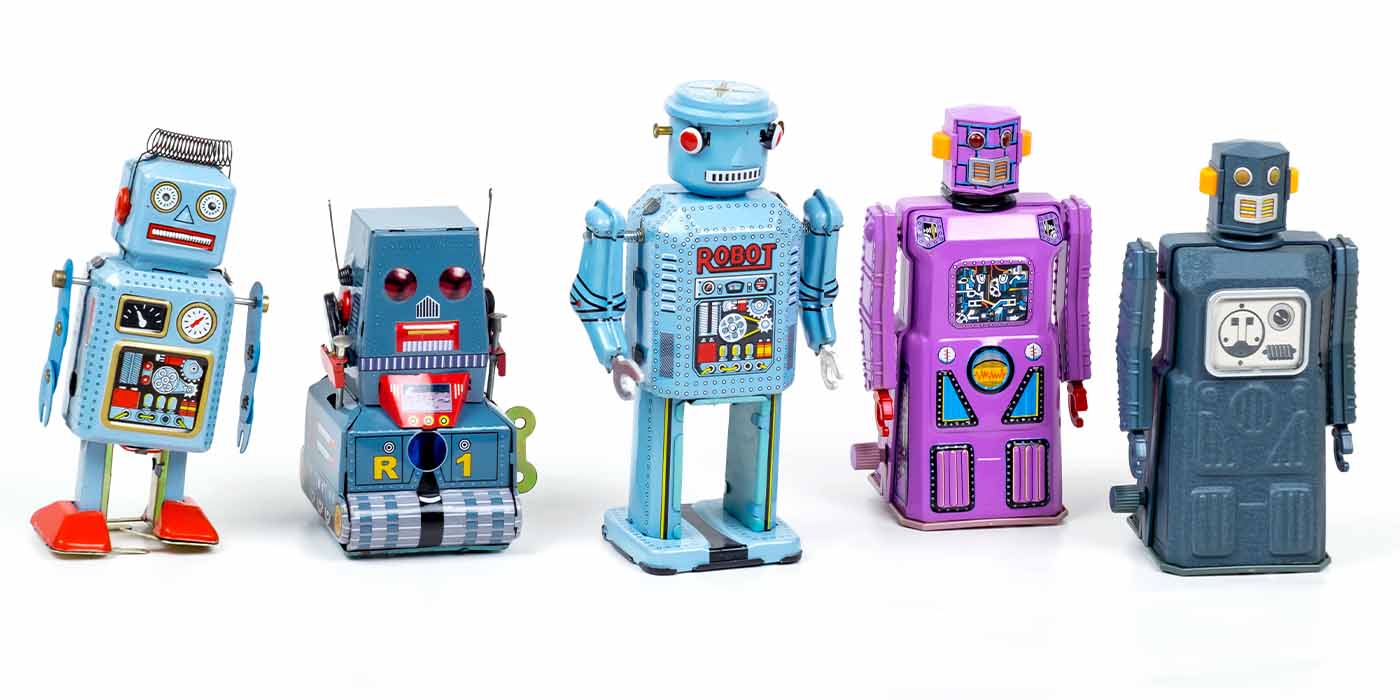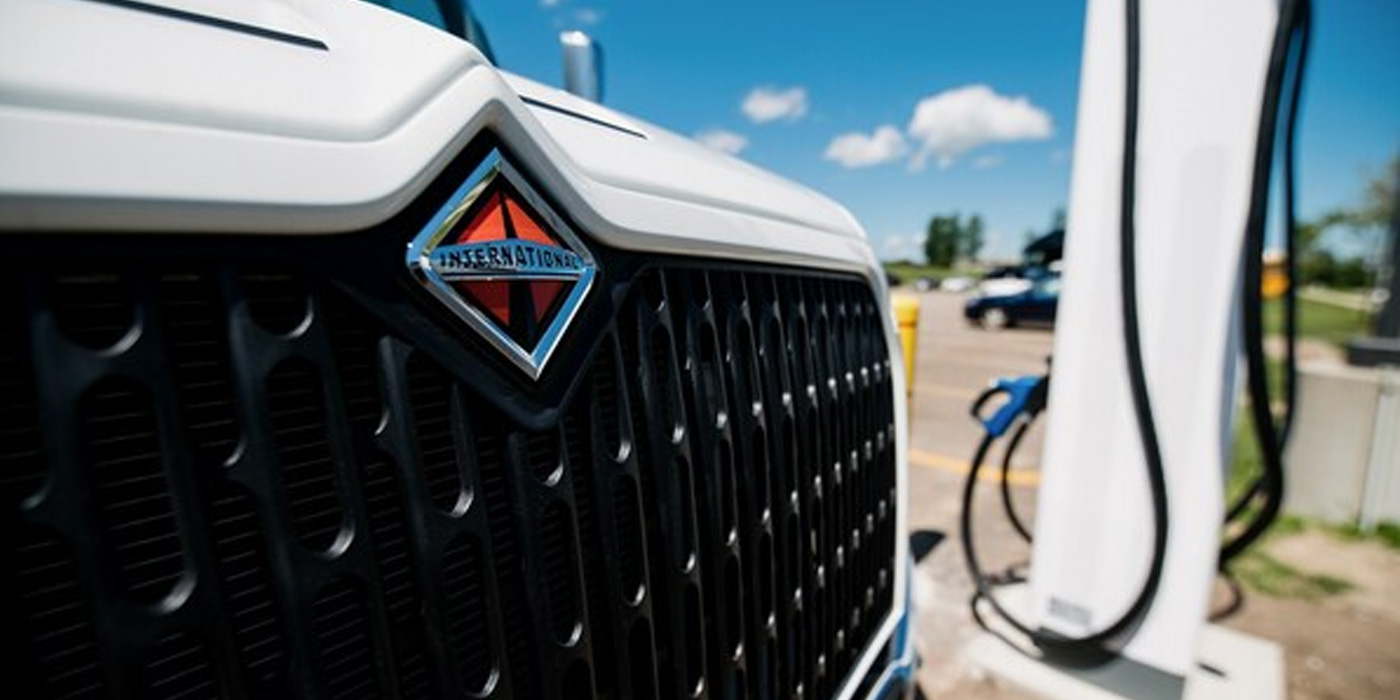I don’t get involved in opinionated discussions about electric vehicles (EVs). Do I have an opinion? Sure, but I’m more interested in the facts, and I get them from both sides. Whether you support or oppose them, it’s a deep subject that can be viewed in different ways. I understand both viewpoints, so I’m just neutral on the conversation. Maybe that’s my opinion. Neutral.
I do think there’s a lot more than meets the eye whichever side you’re on, and I think the future is the only way we’re going to know the ultimate success of EVs, which will be long after my tank of gas runs out and I coast through those pearly gates (I hope)!
But, regardless of which way you feel about these new electron-burners, I have figured out, hands down, the best part about them. It is the charging system, and to be exact, when the charging system isn’t working!
Think about all the other problems with cars. Fuel leaks, oil leaks, coolant leaks. They all get ignored until they make a huge mess and make it more difficult for us to fix. Or the car catches on fire or smokes and stinks as it goes down the road. Then, there’s the rattle noise that gets fixed by turning up the radio, until it turns into a grinding noise and eventually a car that gets towed in, and I can’t believe how much we’re charging to fix it! You know the stories!
So, here’s the EV connection. If you can’t charge the battery, you go nowhere! This is a huge benefit to auto technicians. Vehicle owners can’t ignore the problem. “It’s just a small leak, it’s not that bad yet, I’ll fix it at the next oil change, I’m only keeping this car for another month.” All the excuses will be gone. No charge…no go.
And DIYers won’t be diving much into this. It’s too dangerous. Now, we’ll get problems in our shop as they happen, long before they get passed around to every “expert” in someone’s phonebook.
What happens now when a car has a problem? It gets Googled, then YouTubed. Somebody buys some parts and throws them on. It doesn’t fix the problem. Then, they go to an auto parts store and buy what the scan tool tells them. Or, maybe they craft some ingenious remedy of their own. When none of this works, the vehicle owner doesn’t have enough money left for a professional diagnosis, and for some reason they think we should take pity on them.
This will all be a thing of the past. The more things that are electrical, the more we’ll see in our shops from the get-go. This EV thing is looking better all the time. I’m sure there’ll be weird stuff with EVs, and who’s to say the scope of diagnosis won’t take us off-site with a potential cause of the problem (the charger) being located at someone’s house. Who knows what kind of bizarre sleuthing we’ll have to do to get to the root of weird problems, like a neighbor who secretly “borrows” a power cord over night for their own EV. I can see it now. TS
